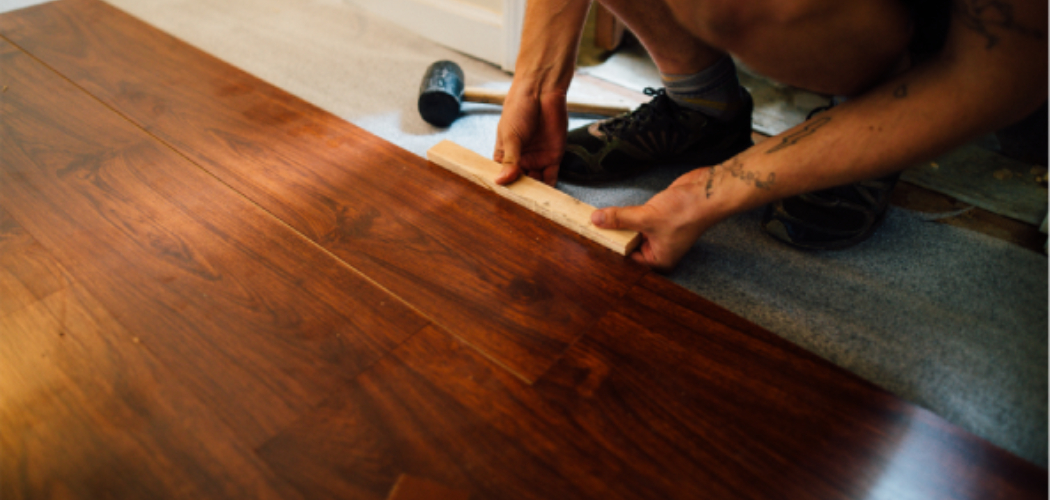Vinyl plank flooring is a popular option for home flooring thanks to its durability and affordability. However, there may come a time when you have to remove it – for instance, when you want to install new floors or when it has been damaged beyond repair.
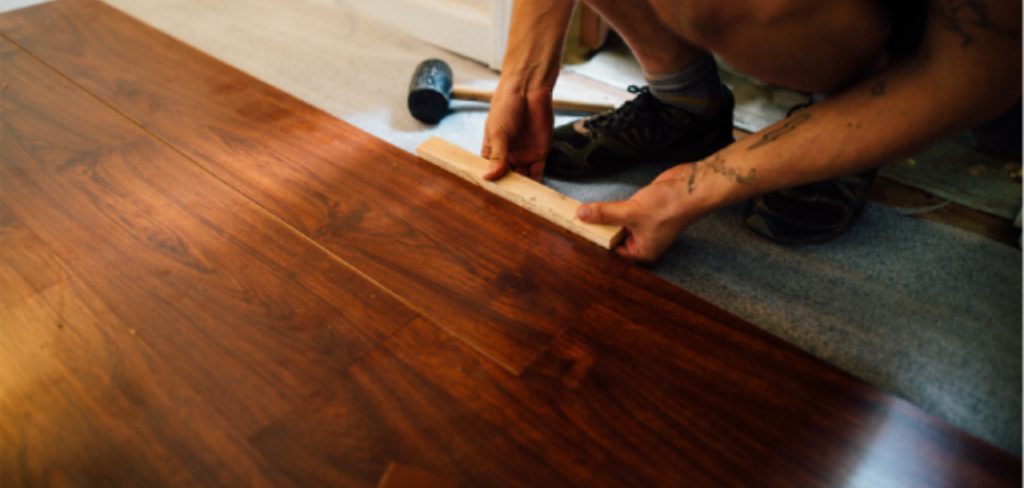
Despite its popularity, vinyl plank flooring can be challenging to pull up, especially for first-timers. In this blog post, we will guide you through the process of how to pull up vinyl plank flooring without causing damage to the subfloor.
Can You Pull Up Vinyl Plank Flooring?
Vinyl plank flooring has become popular due to its affordability and versatility. However, one common question is whether it’s possible to pull up vinyl plank flooring without damaging it. The answer is yes, but it requires some effort and patience.
It’s important to start at a corner and work across the room with a floor scraper, not damaging the subfloor. While it may take some time and effort, properly removing vinyl plank flooring can save you money in the long run and allow for a fresh start in your flooring journey.
Why Should You Pull up Vinyl Plank Flooring?
Pulling up vinyl plank flooring might seem like a daunting task, but it’s a necessary one in certain situations. It’s important to pull up vinyl plank flooring if it’s damaged, outdated, or must be replaced. Vinyl plank flooring is a durable and affordable flooring option that has gained popularity in recent years, but sometimes it may need to be removed due to wear and tear.
Replacing it with a newer, better-looking option can transform the whole look of a room. Whether it’s a home renovation project or a commercial setting, pulling up vinyl plank flooring is a step towards a fresh start.
The Ultimate Guide on How to Pull Up Vinyl Plank Flooring
Step 1: Prepare Your Workspace.
Before you start pulling up the vinyl plank flooring, it is essential to prepare the workspace adequately. Remove everything from the room to create ample space for working. Next, disconnect any appliances or fixtures that are wired to the floor. For instance, detach a gas stove or an electric heater connected to the floor with a flexible hose. Lastly, remove the vinyl molding or baseboards that surround the floor.
Step 2: Start Pulling up The Planks.
The best way to pull up vinyl plank flooring is by starting at the edges. Use a pry bar to lift the edges, then insert the flat end of the pry bar under the plank and push it downwards. Only lift the planks as much as needed to get hold of them, leaving the rest flat. If you lift too many planks at once, you risk altering the structure of the floorboards.
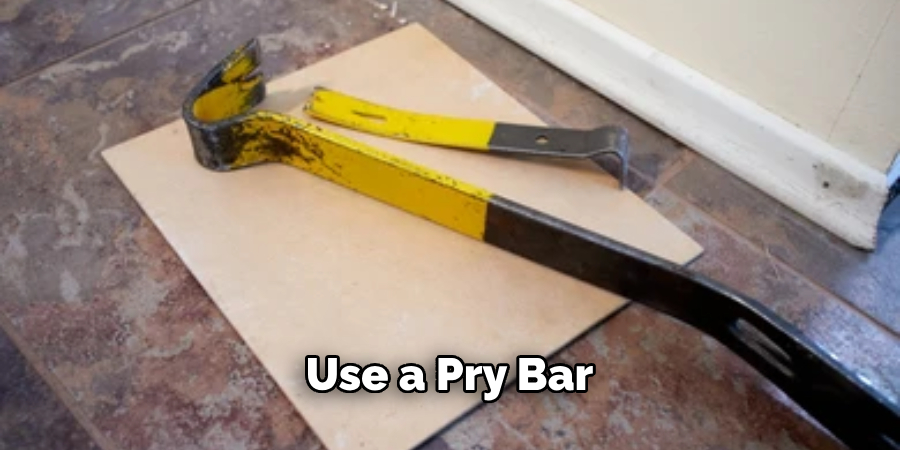
Step 3: Examine the Subfloor.
Inspect the subfloor for any damages once you have successfully pulled up the vinyl plank flooring. Depending on your subfloor type, you may have to remove any adhesive residue or debris. Use a putty knife to scrape any adhesive remains and a brush to remove debris or dust.
Step 4: Dispose of The Flooring.
After removing the vinyl plank flooring, you must dispose of it accordingly. You can recycle the planks or take them to the dump site if they are still in good condition. Check with your local waste management authorities on the best way to dispose of vinyl flooring.
Step 5: Clean the Workspace.
Now that you have pulled up the vinyl plank flooring and disposed of it clean the workspace. Use a vacuum cleaner to suck up any debris or dust, then wash the room with warm water and soap. Lastly, let the room dry out adequately before you start installing your new floors.
Step 6: Install the New Flooring.
If you have decided to install a new type of vinyl plank flooring, refer to the manufacturer’s instructions for installation. Use adhesive tape or glue according to the instructions to ensure a secure fit. If need be, consult an experienced professional to help with the installation process.
Step 7: Seal the Floor.
After installing your new vinyl plank flooring, seal it to protect against moisture and dirt. Use a quality sealer that is specifically designed for vinyl floors, and follow the instructions on the label. Once you have sealed your floors, let them dry out completely before you return furniture and appliances to the room.
That’s it! You’ve now learned the steps to pull up vinyl plank flooring. Stay safe, and don’t forget to wear protective clothing and eye protection when removing any flooring.
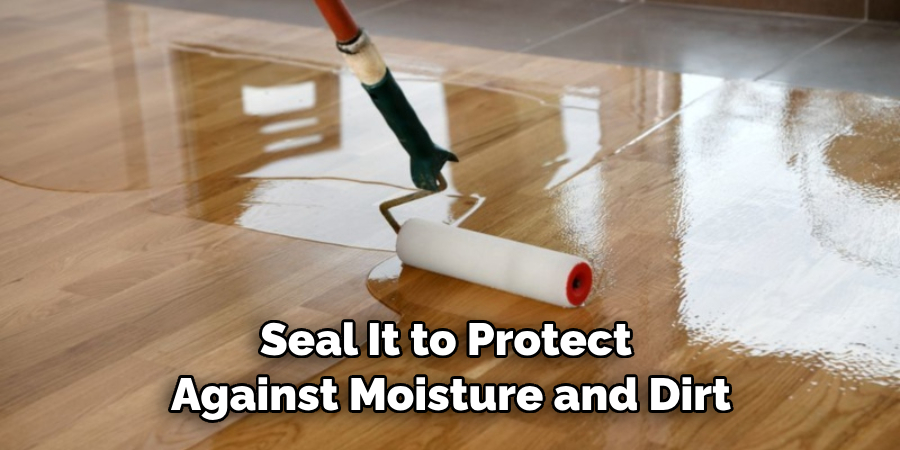
5 Considerations Things When You Need to Pull Up Vinyl Plank Flooring
1. The Condition of the Subfloor
The subfloor’s condition is one of the most important things to consider when pulling up vinyl plank flooring. If the subfloor is in good condition, then you will likely be able to reuse it. However, if the subfloor is damaged, you may need to replace it before installing new flooring.
2. The Type of Flooring Underneath
Another thing to consider is the type of flooring that is underneath the vinyl plank flooring. If you have hardwood floors, then you will likely be able to reuse them. However, if you have carpet or tile, you may need to replace them before installing new flooring.
3. The Cost of New Flooring
Another consideration is the cost of new flooring. If you plan on replacing the vinyl plank flooring with hardwood floors, then you should expect to pay more for the materials and installation than if you were replacing the vinyl plank flooring.
4. The Installation Process
Another thing to consider is the installation process. Installing hardwood floors is a more complicated process than installing vinyl plank flooring and should only be done by a professional. If you are uncomfortable with doing the installation yourself, you should hire a professional to do it for you.
5. The Disposal of the Old Flooring
Finally, you must consider how you will dispose of the old flooring. Vinyl plank flooring can be recycled, but hardwood floors cannot. You should check with your local recycling center to see if they accept vinyl plank flooring before disposing of it in your regular trash bin.
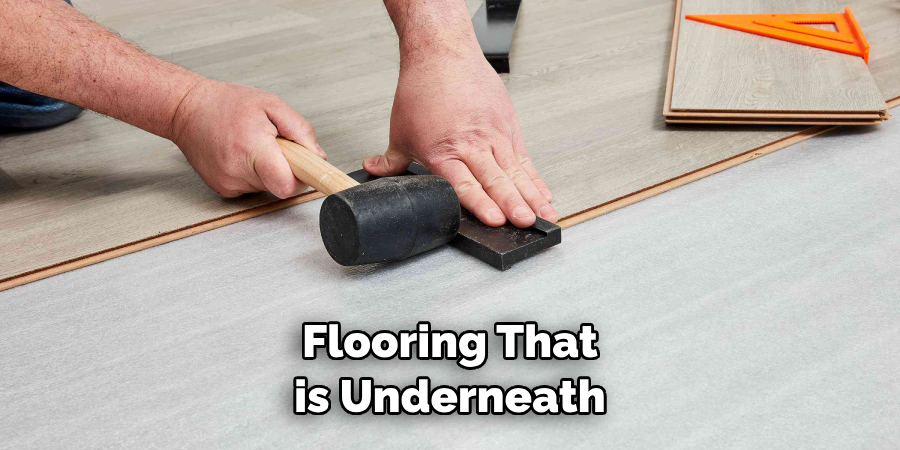
These are just a few of the things to consider when pulling up vinyl plank flooring. Researching these points will help ensure that you make an informed decision about your flooring and that everything is installed correctly.
5 Benefits of Pull-up Vinyl Plank Flooring
1. Waterproof
One of the biggest benefits of pull-up vinyl plank flooring is that it is 100% waterproof. This makes it an ideal choice for rooms that are prone to moisture, such as kitchens and bathrooms. Pull-up vinyl plank flooring is also resistant to mold and mildew, making it a great option for homes in humid climates.
2. Durable
Pull-up vinyl plank flooring is also extremely durable, making it a great choice for high-traffic areas such as living rooms and hallways. The planks are made of a strong PVC material that can withstand a lot of wear and tear. The planks are also resistant to scratches and scuffs, making them a great choice for homes with pets or children.
3. Easy to Install
Another great benefit of pull-up vinyl plank flooring is its very easy installation. The planks need to be laid down on top of an existing floor, and they will click together to create a seamless, watertight seal. Additionally, pull-up vinyl plank flooring can be installed over any type of subfloor, including concrete, wood, or tile.
4. Affordable
Pull-up vinyl plank flooring is also very affordable, making it a great option for budget-conscious homeowners. The planks are typically much cheaper than other types of flooring, such as hardwood or tile. Pull-up vinyl plank flooring can often be sold at home improvement stores or online retailers.
5. Low Maintenance
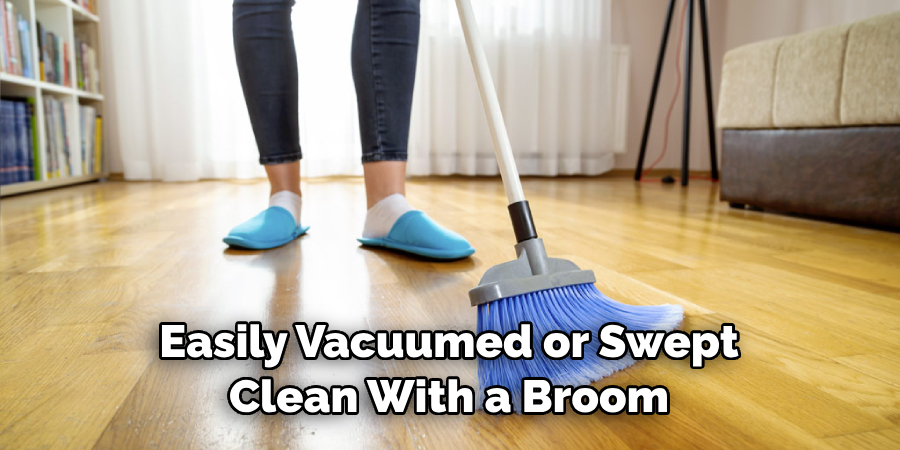
Another great benefit of pull-up vinyl plank flooring is its low maintenance. The planks do not require any special cleaners or treatments, and they can be easily vacuumed or swept clean with a broom. Additionally, the planks are resistant to stains and fading, making them a great choice for busy families or households with pets.
Pull-up vinyl plank flooring is an excellent option for homeowners who are looking for a durable, waterproof, and low-maintenance flooring solution. Additionally, the planks are very easy to install and can be purchased from most home improvement stores or online retailers at an affordable price point. For these reasons, pull-up vinyl plank flooring is a great choice for anyone looking to update their home.
Some Common Mistakes People Make When Trying to Pull up Vinyl Plank Flooring
When it comes to installing vinyl plank flooring, there are a few things you need to be mindful of to ensure the job is done right. Unfortunately, many people make common mistakes along the way, leading to an unappealing finished product or even a total redo.
One mistake is not properly preparing the subfloor before laying down the vinyl planks, which can result in an uneven surface and cause the planks to lift or buckle over time. Another mistake is not leaving enough space for expansion and contraction, causing the planks to warp or gap. So, take your time, follow the manufacturer’s instructions, and avoid these simple mistakes to ensure your vinyl plank flooring looks as beautiful as it should.
Can I Reuse My Old Vinyl Plank Flooring After Removing It?
Vinyl plank flooring has gained immense popularity recently for its durability, easy maintenance, and affordability. But what if you’ve decided to switch up your flooring and remove the old vinyl planks? Is it possible to reuse them? The answer is both yes and no. While you may be able to salvage some planks if they have little to no damage during the removal process, it’s not guaranteed.
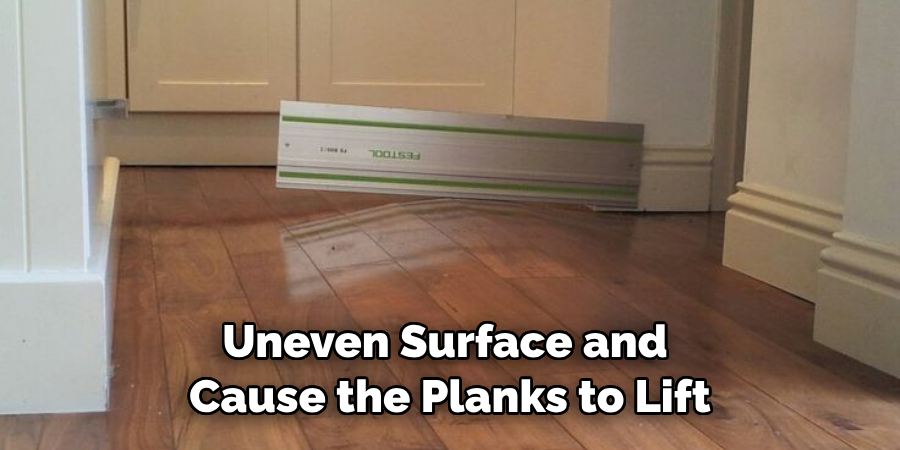
Additional factors such as the age of the flooring and how it was installed also play key roles. Therefore, it’s important to assess each plank individually and proceed cautiously if you plan on reusing them. Remember that vinyl plank flooring is already an inexpensive option, so it might be worth investing in new planks to ensure a fresh and updated look in your home.
Conclusion
Pulling up vinyl plank flooring may seem daunting, but it doesn’t have to be. Following the steps in this blog post, you can efficiently remove the flooring without damaging the subfloor.
Remember to prepare the workspace, start at the edges, examine the subfloor, dispose of the planks accordingly, and finally clean the workspace. You can always consult a professional for guidance if you have any questions or doubts. Good luck with pulling up your vinyl plank flooring! Thanks for reading our post about how to pull up vinyl plank flooring.
